Imagine waking up one day only to find out you're dead. You're not exactly sure how it happened, where it happened, if someone killed you, or you just died naturally. Either way, you're trapped in a space somewhere between Earth and some other ethereal realm. It looks a lot like the last place you recall visiting, Barclay Mansion, but everyone here is... gone? Vanished? A ghost? Maybe they're just a memory. A figment of your imagination.
Regardless of what they are, you appear to be trapped here, wandering the halls in search of some answers — any clue to what's going on and why. Memories echo like footsteps in the halls, people you've met before take on a haunting new look, and everything seems to be connected to one single event that happened in the last few days of your mortal life. Will you survive long enough to capture the truth about your life, or will you be cast into Oblivion for all eternity? That is the quest in Wraith: The Oblivion - Afterlife, which is quickly looking to become one of the best Oculus Quest 2 games when it comes out in just a month.
True horror happens after life
Wraith: The Oblivion - Afterlife
$30 for Oculus Quest $30 for Oculus Rift $30 on Steam
Question what's real
Take the reigns of the afterlife as a Wraith — a spirit trying to solve the mystery of your death while avoiding the specters that will launch you into Oblivion.
Wraith: The Oblivion - Afterlife is a title that comes from VR veteran studio Fast Travel Games and fits right in with the company's quirky-yet-high-quality library. The developer that had its hand in games like Apex Construct, Budget Cuts 2, and The Curious Tales of the Stolen Pets certainly doesn't seem to like to stick to one theme or type of gameplay, and Wraith certainly doesn't feel like anything the company has made to date.
Wraith is a survival horror game at its core, and to enjoy it you're going to need to appreciate what makes a survival horror game actually good: the struggle to survive. For a while, too many survival horror games turned into action-adventure games with horror elements. Wraith: The Oblivion - Afterlife is a true survival horror game in that its environments are haunting, its enemies deadly, and your chances of survival grow slimmer with every minute you spend in the game.
For my Wraith hands-on, I got the chance to try what Fast Travel Games says was the first 15-20% of the game, roughly a two-hour experience if you're not rushing through it. I played this demo on an Oculus Quest 2 running the native Quest version of the game, but it'll also be available on the Oculus Rift platform at launch on April 22, later coming to SteamVr on May 25 and PSVR sometime later in 2021.
Wraith: The Oblivion - Afterlife Gameplay and story
In Wraith: The Oblivion - Afterlife, you play as photographer Ed Miller, represented either by a pair of floating hands or with arms attached to them. As is the case with many modern VR adventure titles, Wraith's physical representation of a virtual character allows players to interact with the environment in realistic ways. Objects like rocks and books have weight to them. You'll actually have to duck — or use the duck button — to crawl under objects while navigating the environment or hiding from enemies.
Environmental interaction, as a whole, is somewhere in-between a game like The Walking Dead: Saints & Sinners — where everything is interactive — and a game like Jurassic World: Aftermath where almost nothing is interactive. It feels like a sensible medium between the two; just enough interaction to keep players wondering about clues in the environment, but not enough to get you too caught up in sifting around a haunted mansion for no good reason. Like Budget Cuts 2 or Apex Construct, Wraith will occasionally hide thing objects in cabinets or on a shelf in a closet for you to find.
Environmental interaction and controls feel just right; not too simple, not too complex
The controls just feel right; not too simple, not too complex. Distant objects can be pulled closer to you by reaching for them, holding the grab button, and giving your wrist a flick to launch them toward you — not unlike Half-Life: Alyx's gravity gloves. The next objective can be found by holding your arm out and feeling which direction your arm pulses most, accentuated by glowing veins in your corporeal arm. Powers and tools are found in a simple overlay menu rather than being tied to a somewhat-confusing on-body system. Thus far, that helped keep my stress level down a bit when compared to some other titles.
Fast Travel Games has included an astounding range of comfort and accessibility options in the game to accommodate nearly every player. From options for a standing or seated experience, plenty of movement options, quick turning, blinders and other comfort options, and even the ability to have your arms represented only by hands (if virtual arms freak you out).
What I experienced in this introductory demo was nothing short of fascinating. Wraith takes place in the same universe as games like Vampire: The Masquerade and Werewolf: The Apocalypse. That's the World of Darkness universe if you're keeping track. As such, there's a bit of shared narrative going on between these titles but nothing that would be to the detriment of anyone who has not played those titles — or experienced anything else in the wider World of Darkness.
Wraith takes place in the same universe as Vampire: The Masquerade and Werewolf: The Apocalypse
Being in that universe means there's plenty of supernatural happening. As a spirit yourself, your goal is to figure out what caused your death and, I surmise, eventually help free some of these evil specters that try to cause you harm along the way. Maybe. Of course, I really don't know where the story is taking me and that was one of the things I liked most about the demo. While I could certainly try to predict what's going to happen, it feels like the story could take a turn at any moment — or around any corner.
Fast Travel Games published this gameplay video above to give players an idea of what to expect without spoiling much. Similarly, this gameplay demo put me head-to-head with only two of the game's many specters — enemies so powerful you simply don't have much of a defense against them, if any, at all — alluding to the idea that I've probably not seen the last of either of these foes in the roughly two hours I was able to spend in Barclay Mansion.
The first specter I encountered was telegraphed fairly well. After a few encounters with it, I expected it would become hostile and turn on me. I did not expect to be completely helpless against its attack and ended up dying the first time around. While I bested it the second time, the second specter threw me for a loop as it wasn't telegraphed in such an obvious way as the first. You've got some defense the second time around, but only enough to distract it, not to kill it.
Not being able to kill specters is one of the hallmarks of the game's fear factor
In fact, not being able to kill specters is one of the hallmarks of the game's fear factor. There were no jump scares in this hands-on demo — something I was quite thankful for as I hate that cheap feeling in games. There's nothing less creative in VR than throwing some crazy-looking thing in your face while it's screaming just to make you flinch away in horror. Fast Travel Games is a better developer than that and I was quite thankful. Wraith feels like it was ripped from the golden age of horror games in the late-90s or early 2000s and I loved every minute of the atmosphere.
Exploring the mansion just makes sense. Locked doors require keys. Safes require codes. Objects blocked by strange ghastly tendrils require a tool to remove. Save spots are stationary and can be used to refill health and other energies required for powers or tool usage. The mansion can be freely explored, but the story follows a linear path of progression that is tailor-made for a specific experience.
This demo didn't include some of the other powers you gain as a specter; powers like passing through walls, which likely alludes to plenty of times where you'll be using walls to physically distance yourself from deadly enemies. All of which sounds incredibly exciting and terrifying at the same time.
Wraith: The Oblivion - Afterlife Visuals and sound
While I found traversal to be a tad on the slow side, it helps keep suspense high as you inspect every corner and room of Barclay Manor. Memories of conversations haunt rooms, giving you glimpses of events as they unfolded before your untimely demise. These are told in a fascinating and unique way, as characters are almost statuesque in their look and posture. Slow movements and freakishly fast entrances and exits immediately gatch your gaze, keeping you focused on the conversation throughout its entirety.
Voice acting in the game is utterly superb. None of it felt forced or amateur in the way too many VR games tend to feel. A lot of that comes from the size of most VR studios. Fast Travel Games isn't a huge studio — just 26 individuals in total — but it's larger than many indie studios working on VR content and it shows.
Voice acting in the game is utterly superb.
It's not just the voice acting that's excellent, though. It's the sound design, as a whole. Characters' voices are immediately recognizable, especially one spirit with a particularly evil voice that feels like it echoes through your skull as it speaks. Sounds are properly placed in the environment and sound like they're coming from the exact spot whence they originated. Music is used carefully and not overdone. All-in-all, it was an impressive mix that showed why this developer holds the prestigious title it does.
Visually, I was impressed with what I saw. Despite being proven wrong several times over, I'm always skeptical about what developers might be able to pull off on the Quest platform — especially when a game is also available on the PC. What I saw was horrifying in all the right ways and, as I said in the previous section, felt very much like an homage to classic horror games.
The world felt very purposefully and beautifully designed rather than as a result of a technical limitation
The mansion itself feels like a cold, dead place, yet its intrigue beckons you to check each and every room, even if you know there's something otherworldly that might kill you there. Really, the graphics are simply stunning to behold; you can see that from the screenshots here. The mansion is huge and, despite its size and complexity, is adorned with little details all over the place. It never felt like what I was seeing was the result of a technical limitation or even a cartoony art-style aesthetic — it just looked excellent.
What I'm not yet sure of is whether or not certain visual elements will be shared between versions. This Quest 2 version, for instance, sported lots of color banding on textures, lots of LODing — that's when you see an object obviously improve in quality as you draw closer — and rooms that were overly dark upon first entrance, only to be revealed by a receding dark fog. Most of these effects furthered the feeling that Wraith pulls some of its atmosphere from classics like Silent Hill, which has a very unique and distinguishing art style.
Based on screenshots provided by Fast Travel Games (seen above), the PC version of the game has some pretty significant upgrades in lighting, texture work, and model detail, as well as various post-processing effects that didn't seem present on the Quest 2 version I used. I certainly don't feel like the absence of these affected my enjoyment of the game at all but it's worth noting that, if you have a great gaming PC that can run the Rift version, it's probably the best way to go if you want that extra graphical oomph.
Wraith: The Oblivion - Afterlife Hands-on is just the beginning
Wraith: The Oblivion - Afterlife comes out on April 22 for the Oculus Quest and Oculus Rift platforms for $29.99. It'll be available on SteamVR on May 25 and later this year on PSVR. Fast Travel Games says this is roughly 15-20% of the final game, meaning players should expect something like a 6-8 hour experience in the end. For me, that's normally just the right amount to feel satisfied without running into filler content. I'm just dying to get my hands on the final game and find out what the heck happened to poor Ed.
Become a wraith
Wraith: The Oblivion - Afterlife
$30 for Oculus Quest $30 for Oculus Rift $30 on Steam
Powers beyond mortal possibilities
You may be dead, but can your newfound powers save you from being tossed into The Oblivion before you make your way into the afterlife?
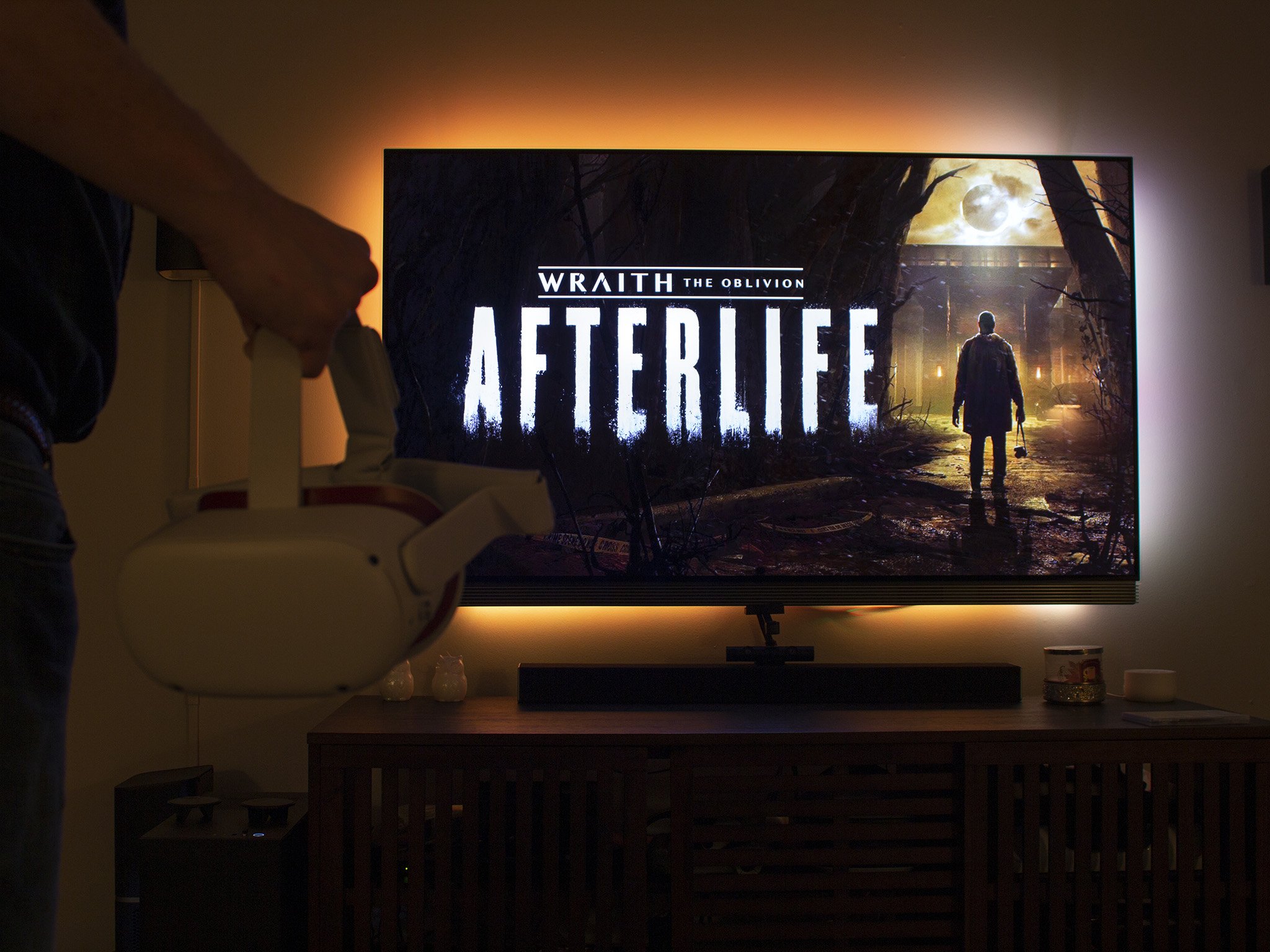
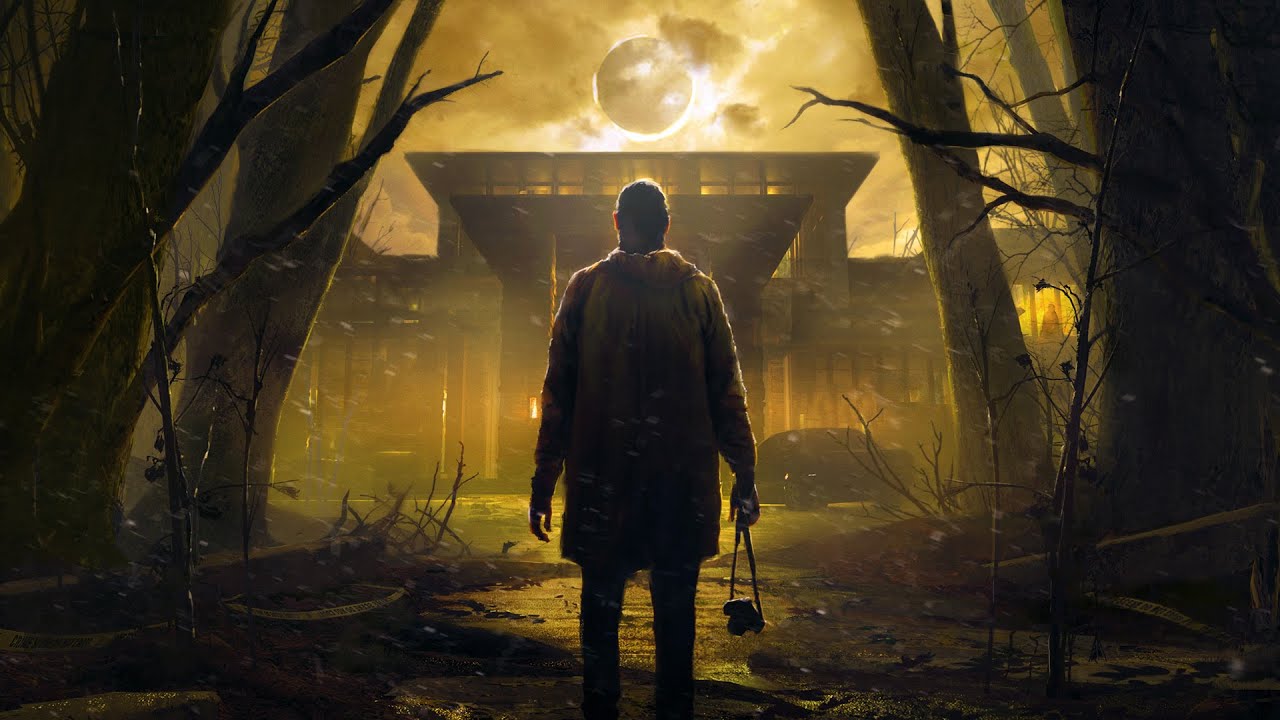
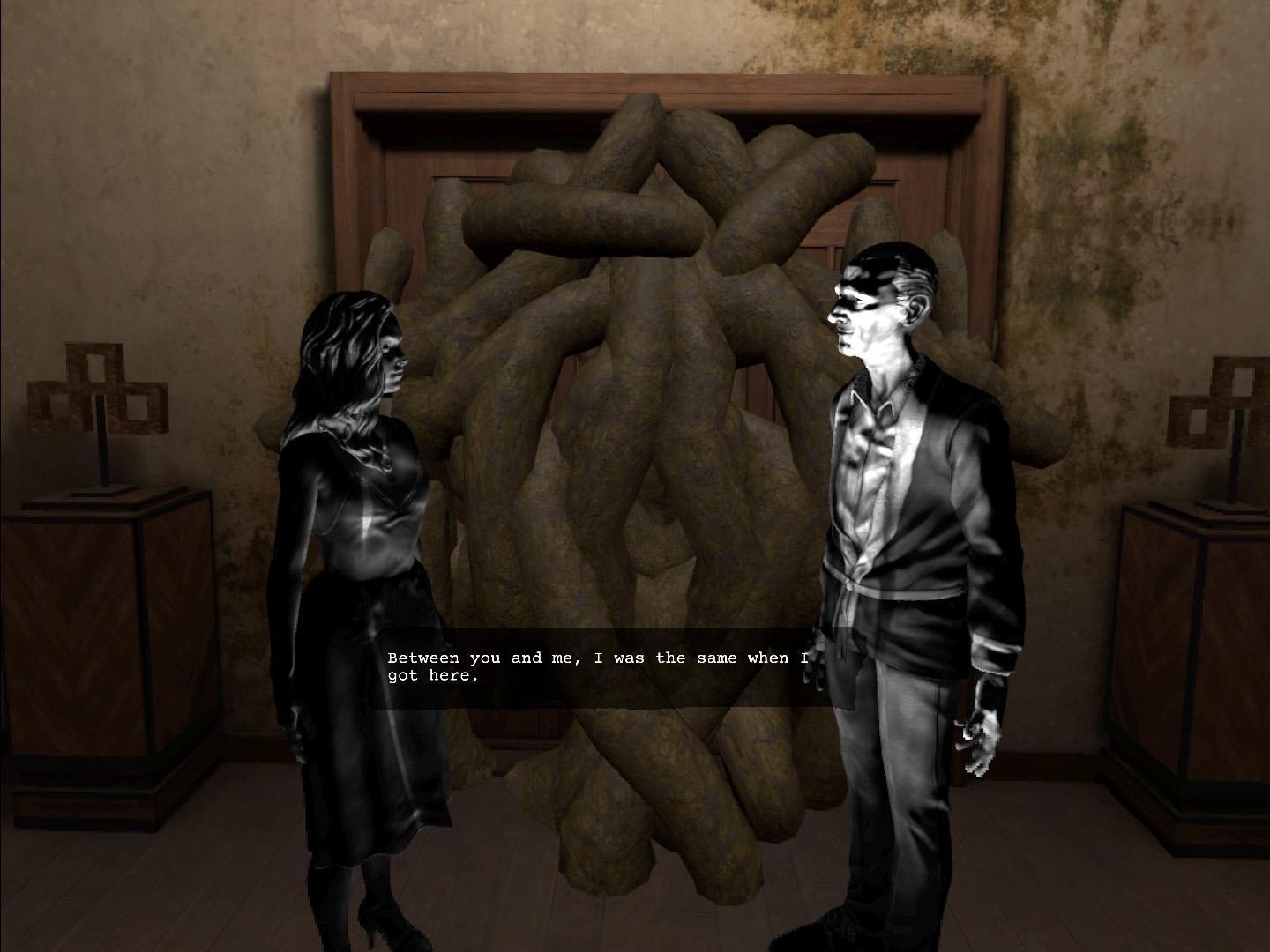
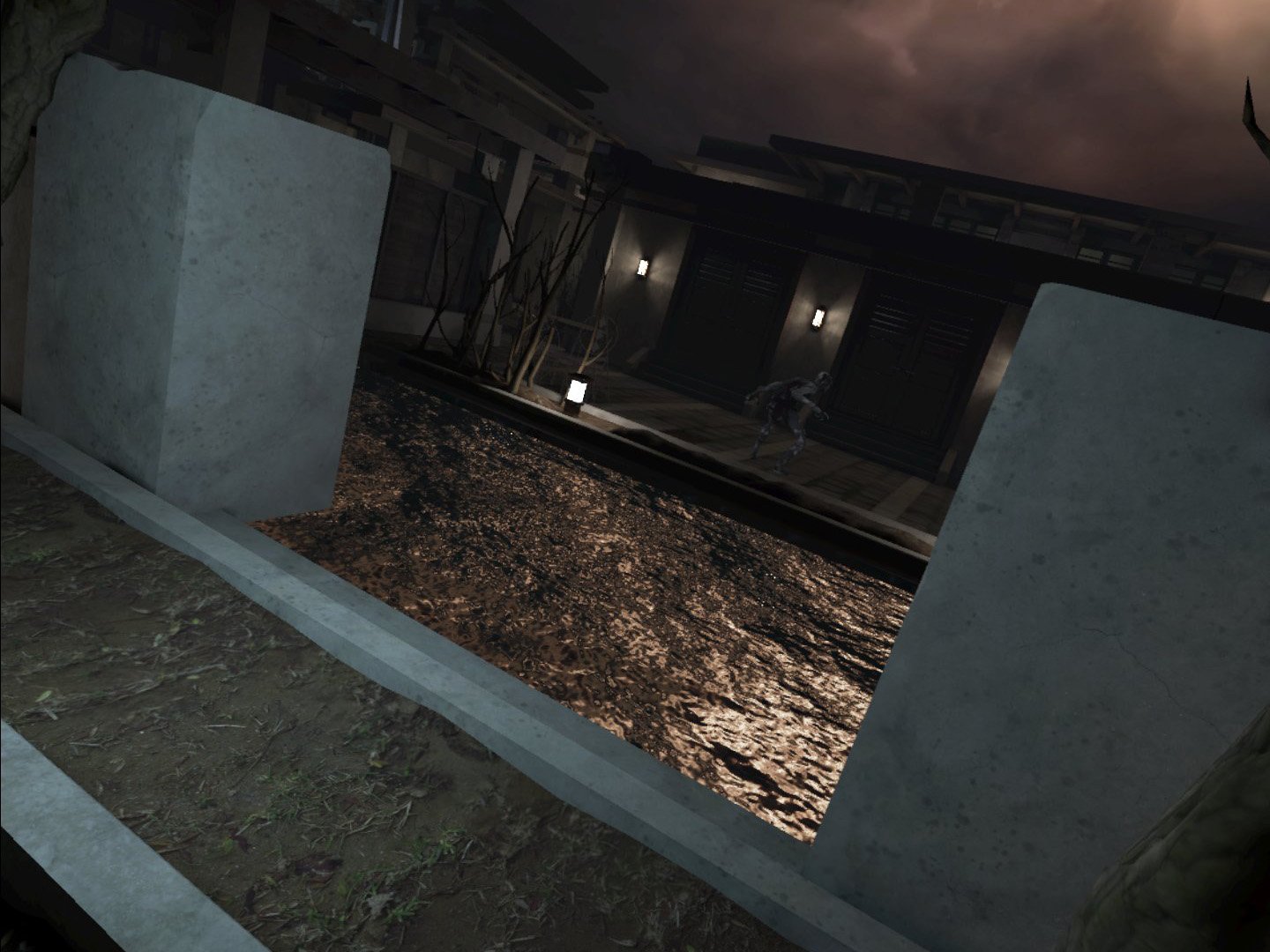

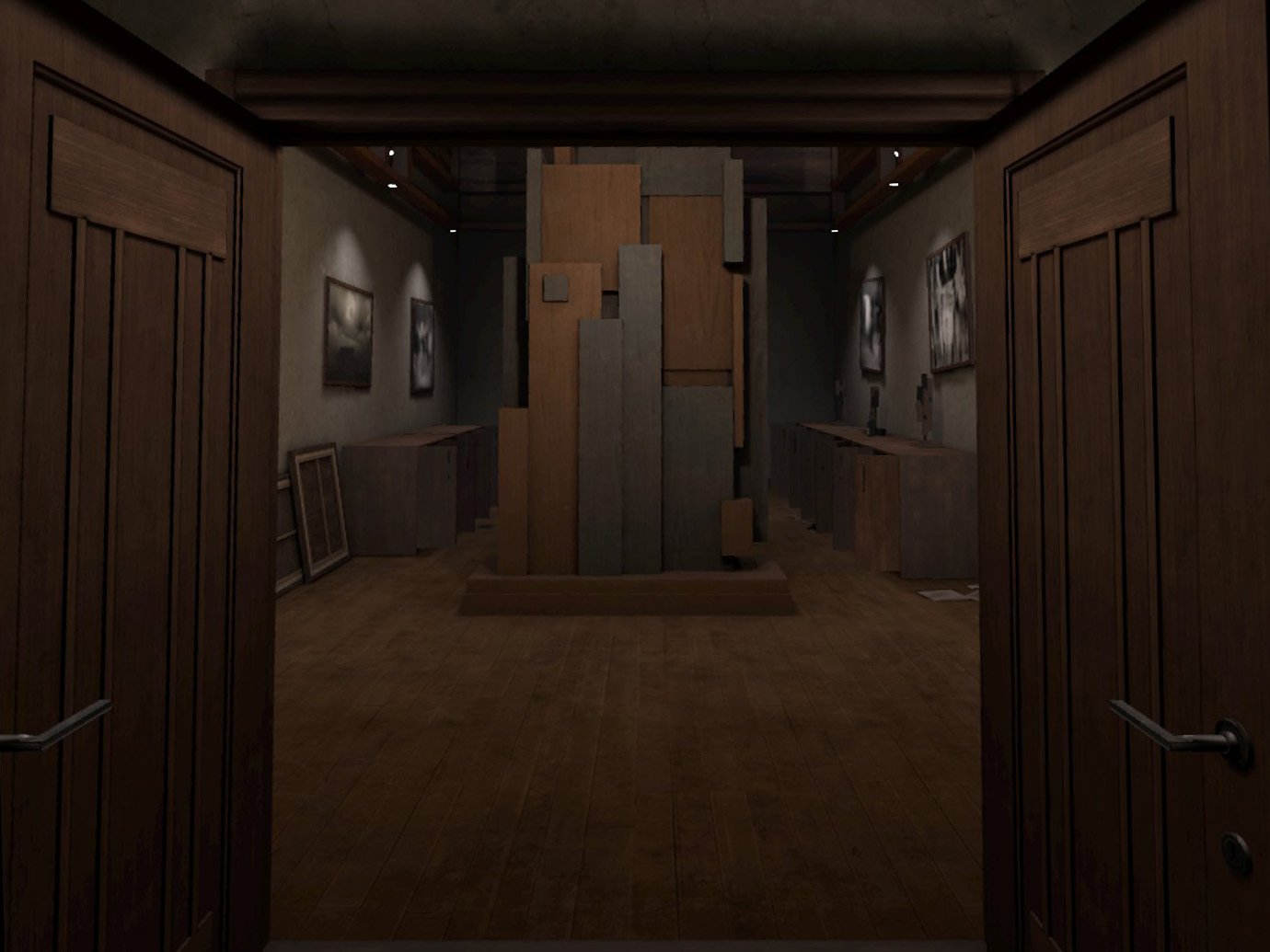
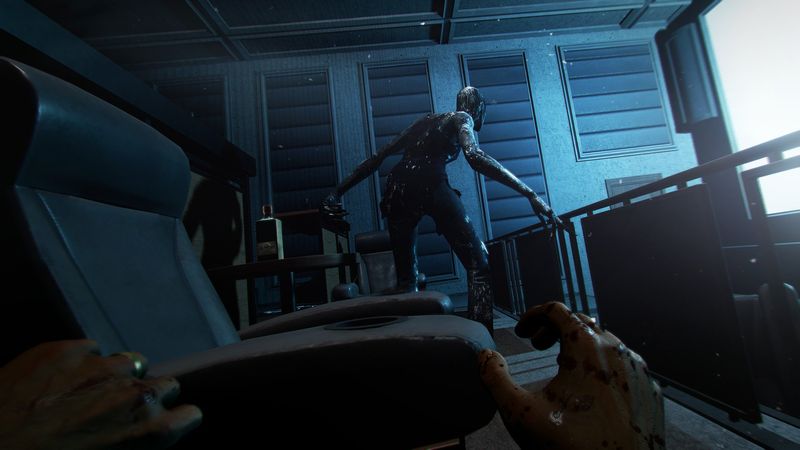
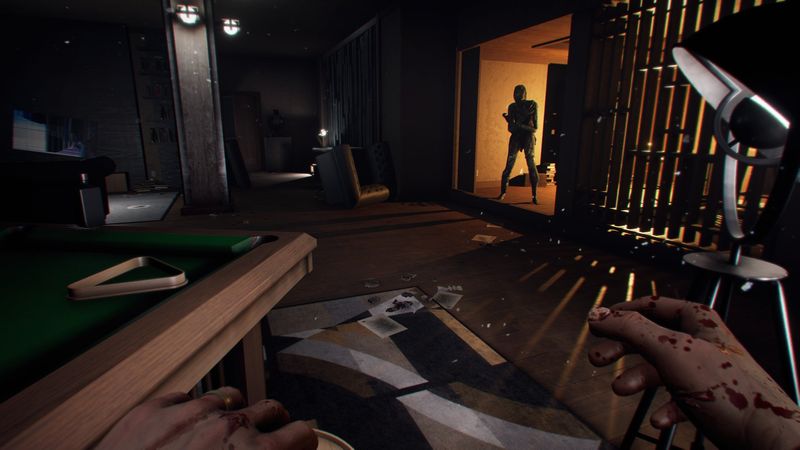
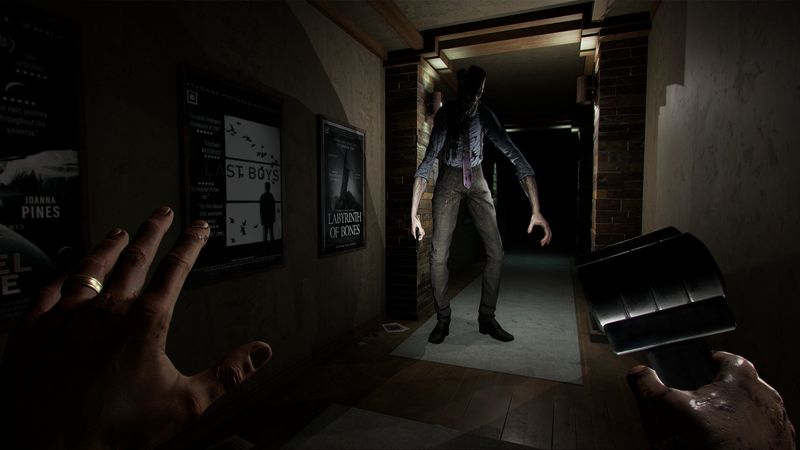
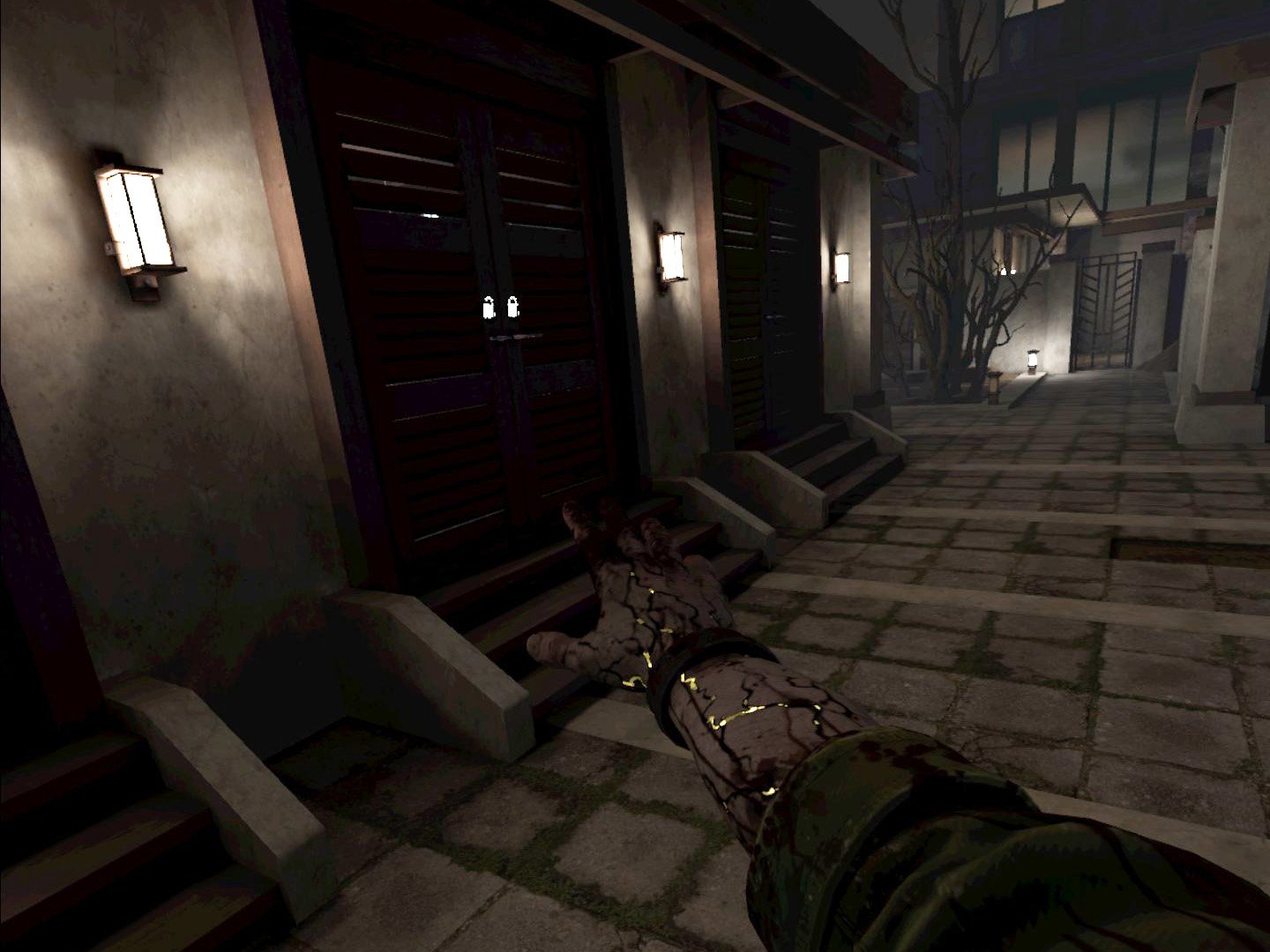
0 Response to "You Can See More: Wraith: The Oblivion - Afterlife hands-on: A mysterious, horrifying quest"
Post a Comment